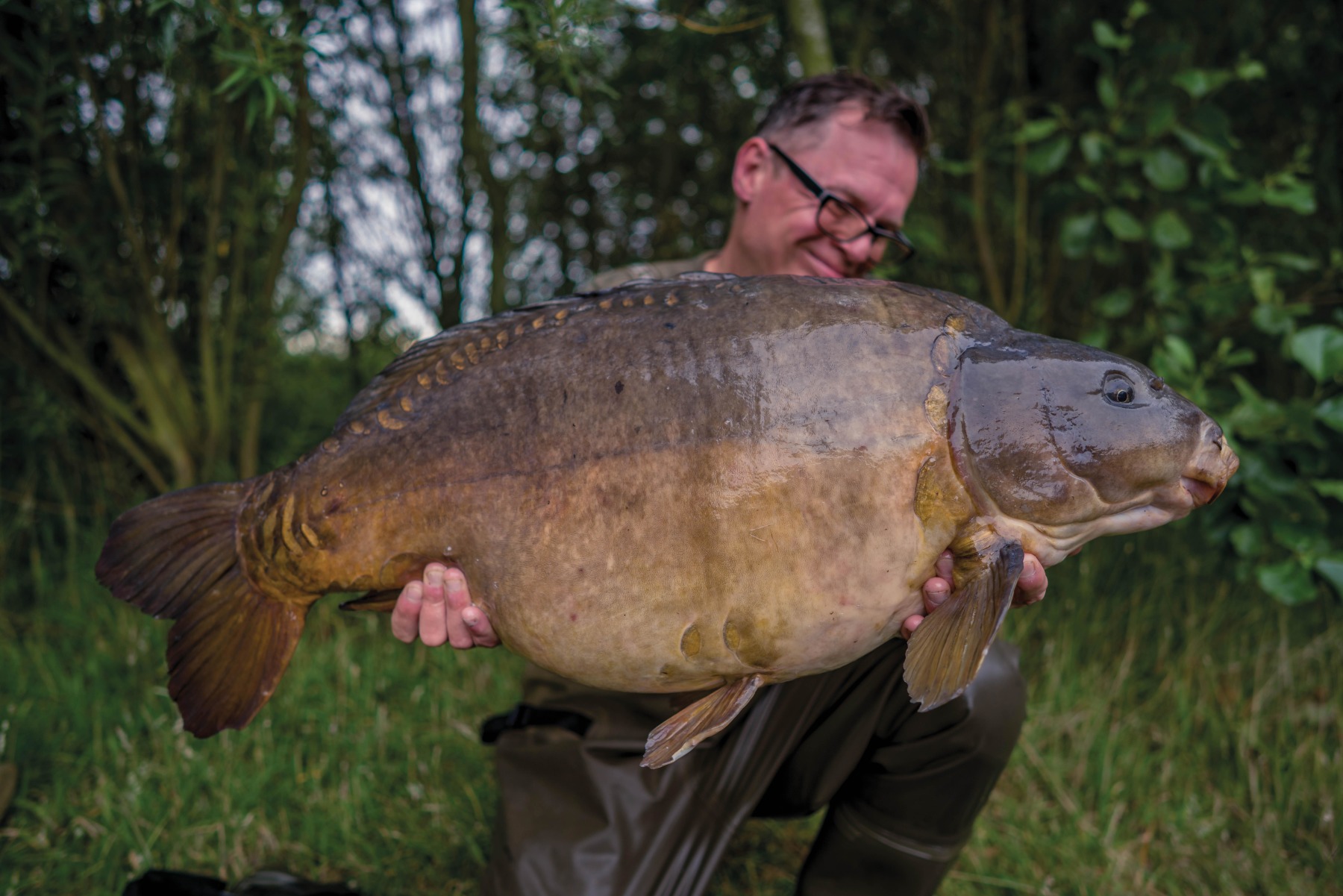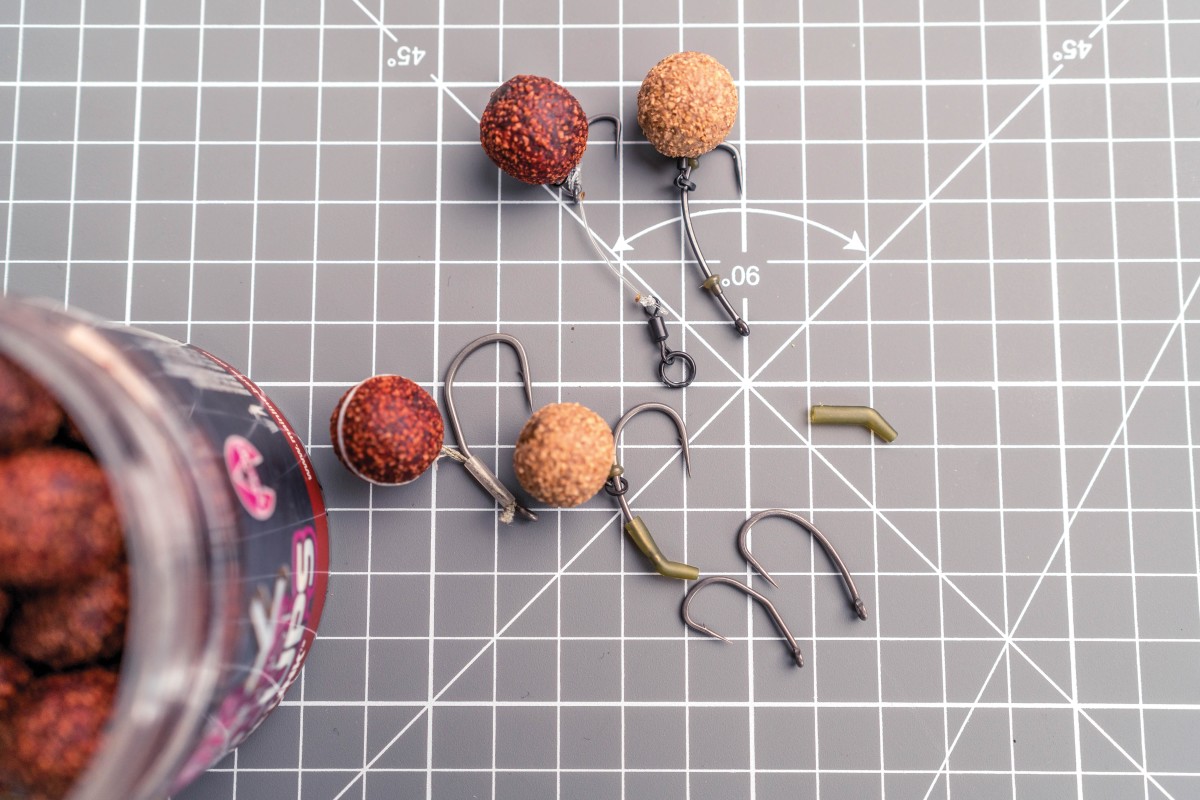
Bend It Like Beckham
Jon ‘Shoes’ Jones looks at the much-aligned Bent Hook Rig, and considers how its principles can still be seen in some of today’s set-ups
Have we really banned the Bent Hook Rig forever, or are we still using it? Well, just take a look at the most commonly used rigs at present, and I would have to say no, it’s not banned, its design basics definitely live on.
HOW IT STARTED: The birth of the Bent Hook Rig
Before you go mental on me and say the rigs used today are not the same as the true Bent Hook Rig, I would have to agree with you, in that they’re not exactly the same, but the concept is the same. Let me explain in more detail.
The original Bent Hook Rig was invented by… well, to be honest, I don’t think anyone actually knows, but according to what is written in Rob Maylin’s book, Fox Pool, it is accredited to ‘Secret John’, or several of the Longfield Drinking Team. Nonetheless, it came about after Len Middleton had played around with hooks in the early eighties. Anyway, a few of these guys experimented with the concept of a bent hook. Why? I think you need to read Fox Pool to find out why, but it was the first rig that turned when pulled over your finger. I used the rig many times in my early carping years, and found that it worked everywhere I went.
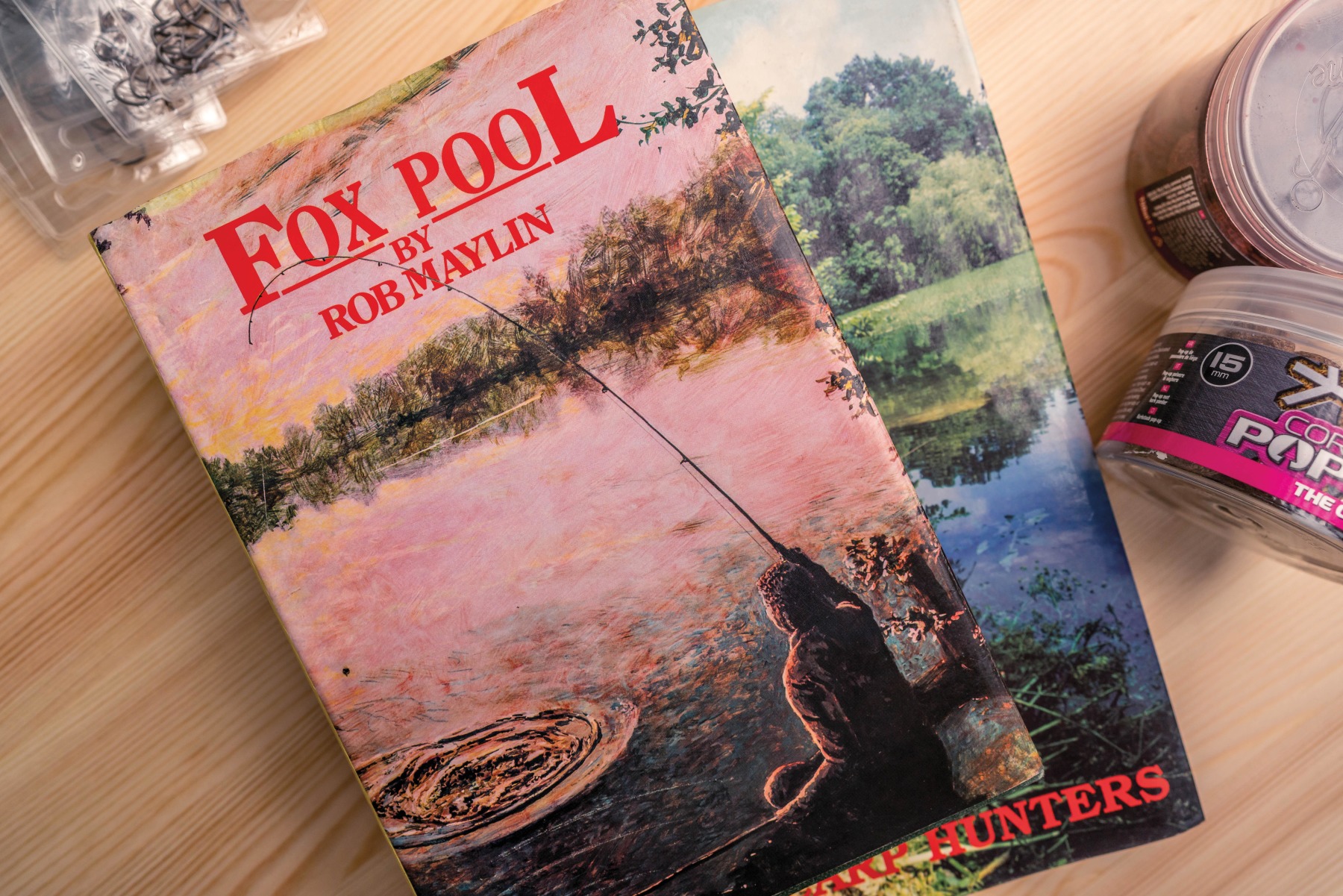
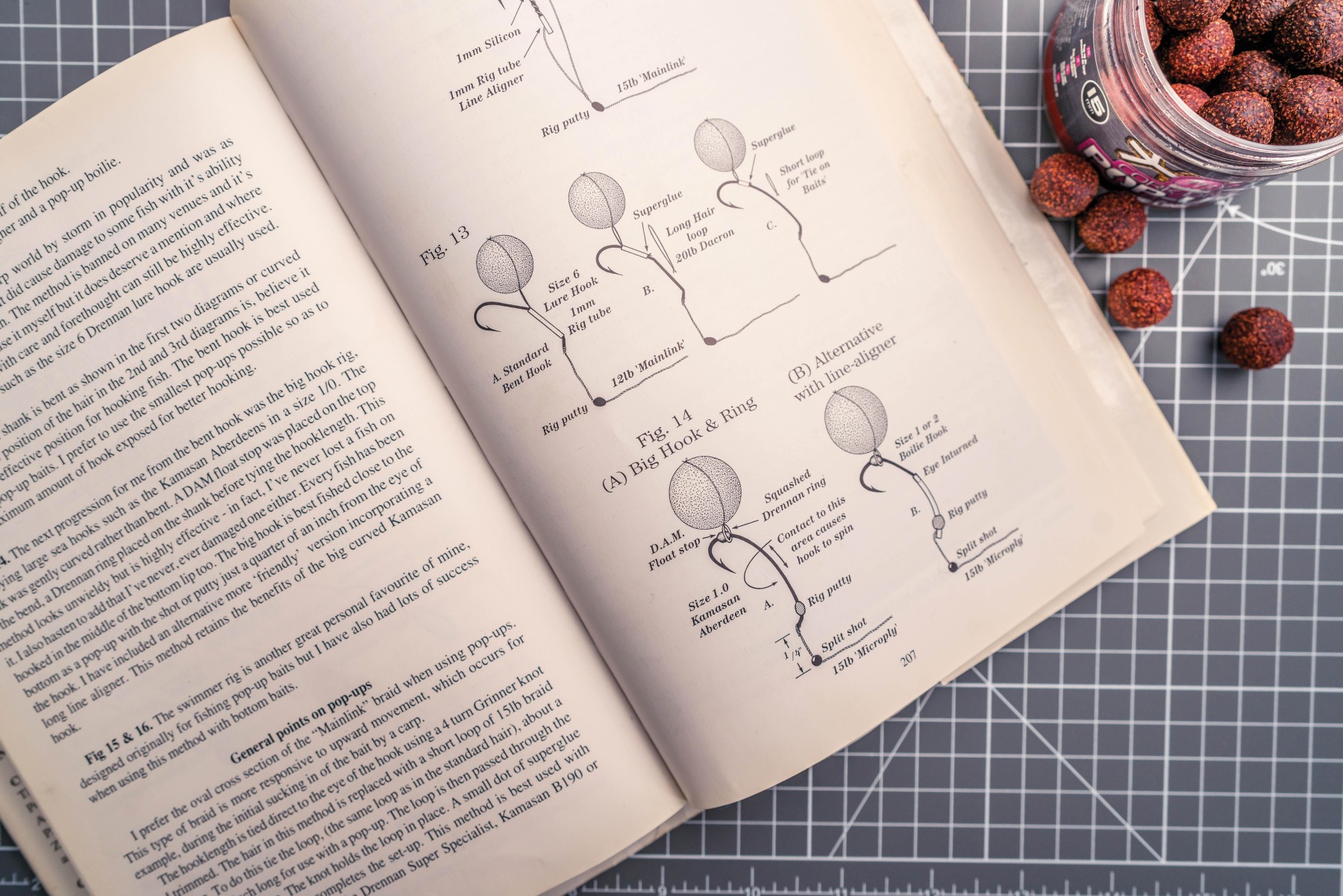
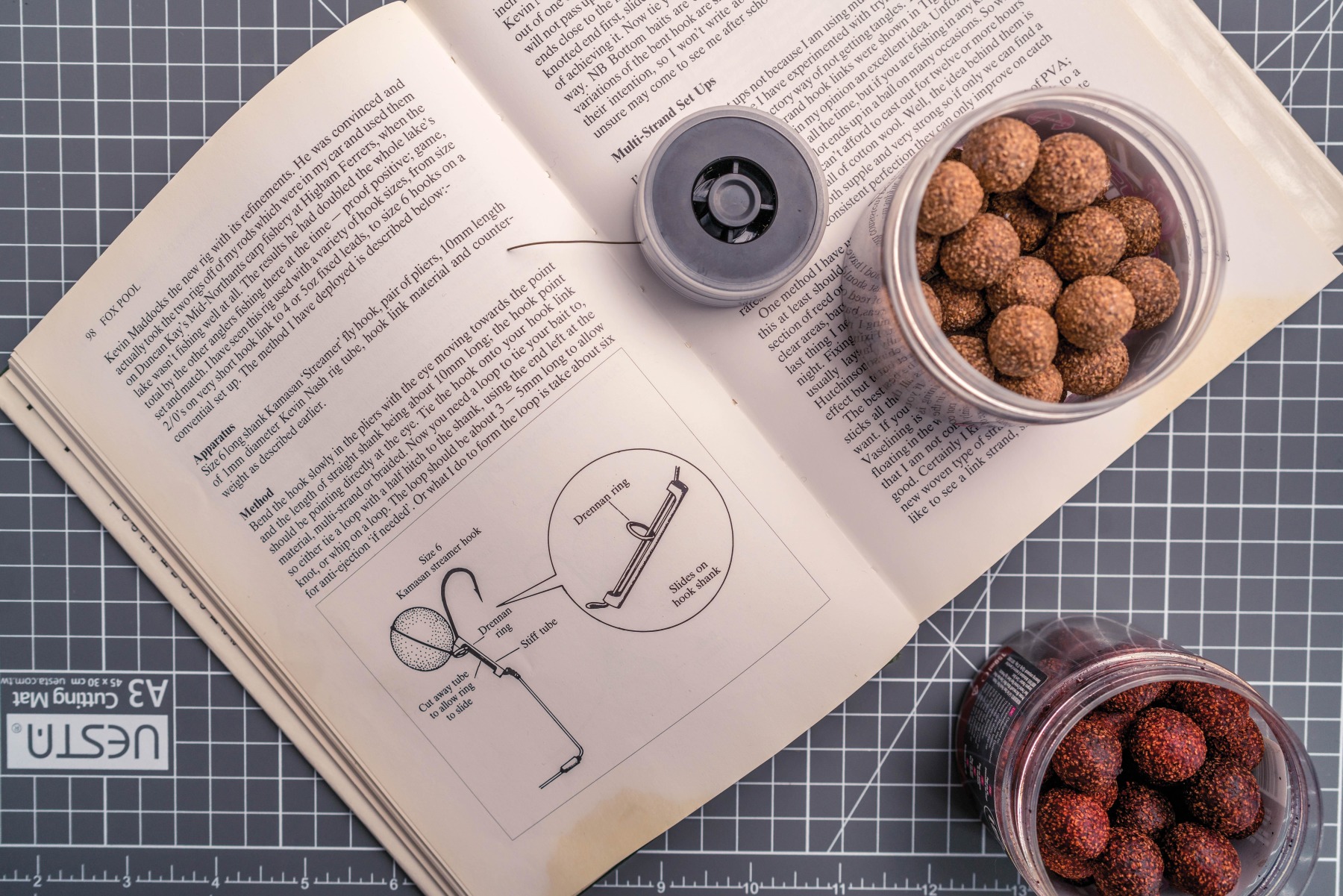
Nowadays we use the same palm-test principle, or run a rig over our finger to see if it turns. This is what made the Bent Hook Rig so successful: its turning ability. No other rig had that ability to turn/flip in the carp’s mouth. Just imagine if the guys developing these rigs back in the eighties had all the end tackle that’s available to us today! Things would probably be different, and we might have got to where we are now a lot sooner.
YOU’RE USING IT WITHOUT REALISING IT: It’s called a Chod Rig
Aside from the Line-Aligner Rig, the closest we have to the Bent Hook Rig, in my opinion, are the Chod Rig and the Ronnie. Without knowing it, when fishing the Chod Rig, we are fishing a big Bent Hook Rig. One of the factors with this rig—apart from the hook being bent—is that the point of the hook must point towards the eye. This is when it truly becomes a Bent Hook Rig. By adding a slight curve in the monofilament of a Chod Rig, we unknowingly make the hook point towards the eye. Where the mono is tied to the swivel with the Chod Rig, makes it turn/flip on inspection. The Chod is similar to, but safer than the big hook rig once again used in the eighties, which consisted of a large, 1/0 Aberdeen hook.

The Ronnie is very similar too, as it again makes the hook point face towards the eye, and in this rig’s case, the swivel. The only issue with the original Bent Hook Rig was the need to bend the hook itself to create the rig, not just so a straight-shanked hook effectively became a curved hook, but it in one place, more like at a 30-degree angle, and that’s where things got a tad sticky. This bending part caused issues.
Lots of big carp started to fall to this devastating rig, and more and more anglers began using it. Whilst there was widespread mouth damage, this was with smaller carp, and as the rig was designed to catch bigger fish, less was seen in this area. The rig didn’t, however, stop damage occurring, so it wasn’t long before fisheries started to question its use, and we all know what happened next. It was placed on the banned list, but the turning rig was born.
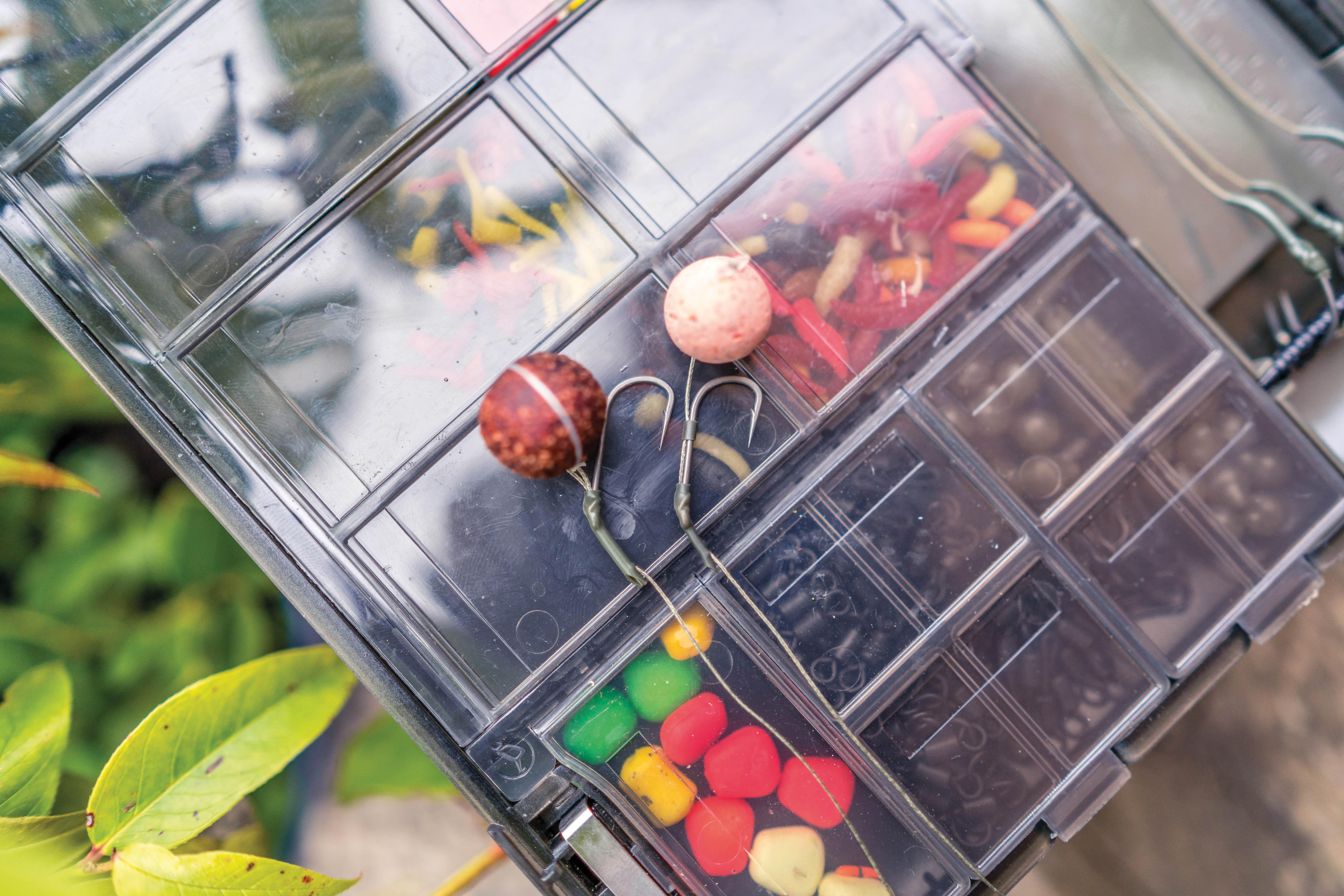
THE NEXT STAGE OF ITS LIFE: The Line-Aligner came along…
Once banned, the rig’s use needed to continue, but it needed to be safe. Then along came Jim Gibbinson with the Line Aligner Rig. The Line Aligner is still used to this day, and in my eyes, it played the most fundamental part in rig mechanics ever seen. That little short length of tubing changed everything! The secret, however, lay in where the hooklink exited the tubing. To create a safe Bent Hook Rig, Jim had to try and replicate the bent hook and inturned eye. The tubing would bend, so that wasn’t a problem, and having the hooklink exit the tubing midway and not from its end, made all the difference, effectively recreating the inturned eye. Remember, all this was done without shrink tube and pre-made kickers—if only they’d have known that this turning-hook principle would still be used 35 years later.
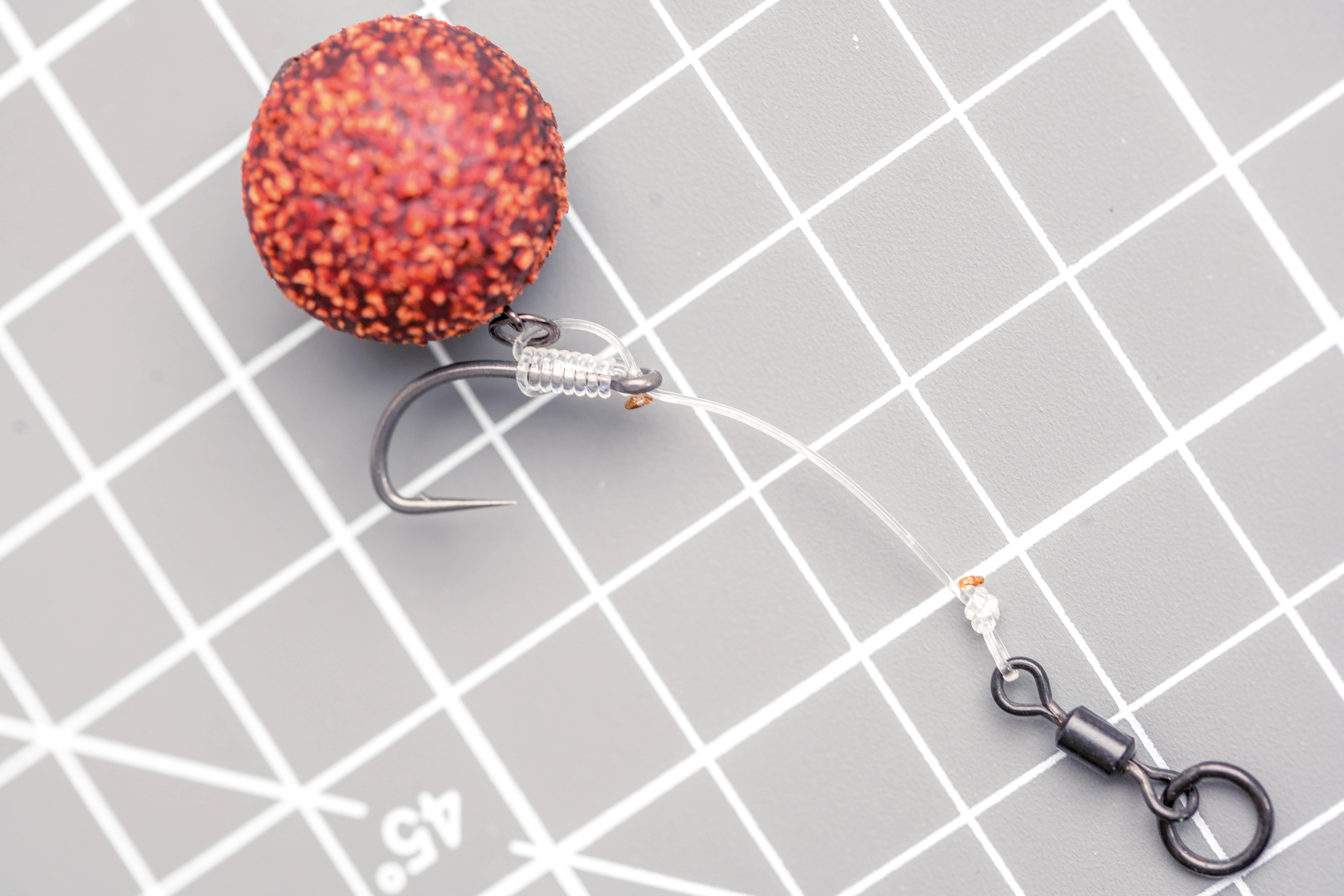
The ban on Bent Hook Rigs remains on the majority of fisheries around the country, as the set-up causes mouth damage. Mouth damage still occurs, however, and it’s happening right now; maybe someone can explain why.
A RIG I LOVE: And it’s as safe as it came be
As some of you will know, I like to play around with rigs, and I have applied a bit of ‘Shoesology’ to one which I believe is as close to the original Bent Hook Rig as I can get it, and is as safe as possible. Very buoyant hookbaits are needed for the set-up to work effectively, so I like to use Mainline Cork Dust Pop-Ups, as these remain perfectly popped up indefinitely.
So how far have we really come from the rig-pioneering anglers of the eighties? Once they got the hook to turn/flip, everything changed, and over the years we have continued to tie rigs based on the very same principle as that used back then. I was carp fishing whilst all this was going on, and used many different rigs at the time, but the origins of the Bent Hook Rig can still be seen today, in many disguises.
I could talk more about the Bent Hook Rig, and indeed many others used in the eighties, but that’s all for another day, so until next time, all the best.
